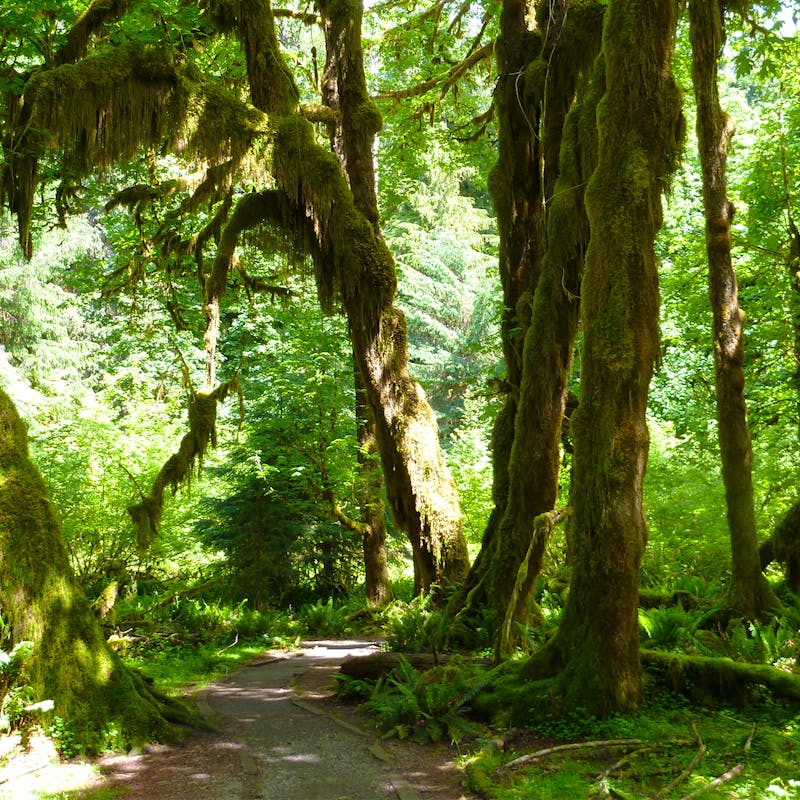“Arrrrrrr mateys!” was the shrill cry from the pirate crew stalking through the crowds of fair-goers all weekend at the Kenai Peninsula Fair in southcentral Alaska. These pirates, stopping to sword fight no matter the location, were just a small sample of live entertainment at the fair. The theme of this year’s fair attended by thousands was “Our Favorite Place to Bee!” Defenders of Wildlife fit right in by sharing information about how to protect honey-loving bears, as well as beehives and other livestock through our new electric fence subsidy program.
Defenders hosted a booth to spread the word about our work to protect wildlife and, more specifically, our new electric fence coexistence program for residents on the Kenai Peninsula.
I spoke to many interested in our wildlife efforts while at the Kenai Fair. As a first-year attendee, Defenders was excited to be bringing a new program to this part of Alaska. Many residents were unfamiliar with our work and this opportunity to protect their chicken coops, beehives, gardens, fruit trees, livestock, carcass pits, and backcountry hunting camps from brown bears.
Defenders is launching an electric fence subsidy program for property owners on the Kenai Peninsula, modeled after our successful program in the lower-48 that, since 2010, has supported nearly 300 electric fencing projects in Montana, Idaho, Wyoming and Washington, defusing conflict and protecting people, property and bears.
The Kenai Peninsula is home to an isolated and imperiled brown bear population that has experienced significant habitat encroachment from housing and other developments and increased “defense-of-life-and property” kills. As part of a broad human-bear coexistence program on the Kenai Peninsula, Defenders is working with Kenai Peninsula communities and agency partners to ensure that bear-proof trash containers, educational signs and food storage lockers are in place, and we also are encouraging property-owners to build electric fences around bear attractants, such as livestock. If you are property owner on the Kenai Peninsula and you have bear attractants, such as bee hives, chickens or other livestock, fruit trees, meat drying-racks, carcass pits or garbage dump sites, you may qualify. Defenders will subsidize 50% of the cost of building an electric fence for qualifying applicants up to $500.
The fair was a perfect place to talk to folks about wildlife interactions they have had, and many were excited to share their bear and moose encounters! Living in Alaska means that interactions with bears and moose can be an everyday occurrence.
Raising bees, chickens and other small farm animals is a growing trend in Alaska, and that means bears are increasingly interested in developed areas. While many Alaskans practice good stewardship of the land, those new to the field of bee or chicken farming are quickly learning the value of electric fencing. Defenders’ focus on the Kenai Peninsula for this new program is because of the Kenai’s at-risk brown bear population that keeps getting into trouble and pays the ultimate sacrifice because of attractants on people’s properties. Defenders’ goal is to raise awareness of this growing issue and help folks better coexist with their big furry neighbors.
To find out more about Defenders human-bear coexistence program you can visit our Got Grizzlies page to see videos of how to put up an electric fence and an application for Alaska’s coexistence program.
The Kenai Fair was a successful event this year, with positive interactions and new stories to share, and thousands in attendance. At the close, the distant tapping of the Spoon Man could be heard, his melodic tap, tap, tapping as his jovial voice slowly fading into the wind. The sound of braying horses, rooting pigs and laughter of little fair goers also died off in the distance. Ninilchik, a small sleepy little town of just over 650 people would return to its quiet and peaceful everyday happenings, with time to prepare for next year’s fair. Hopefully, we’ll meet more people who are familiar with Defenders’ work, as we continue to work with and in Kenai Peninsula communities to protect people, their livestock and bears.












